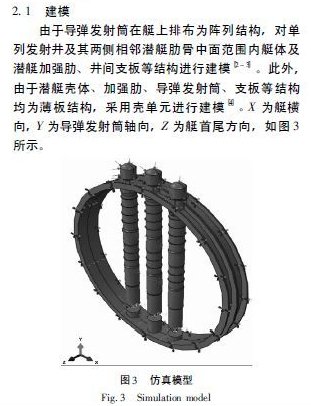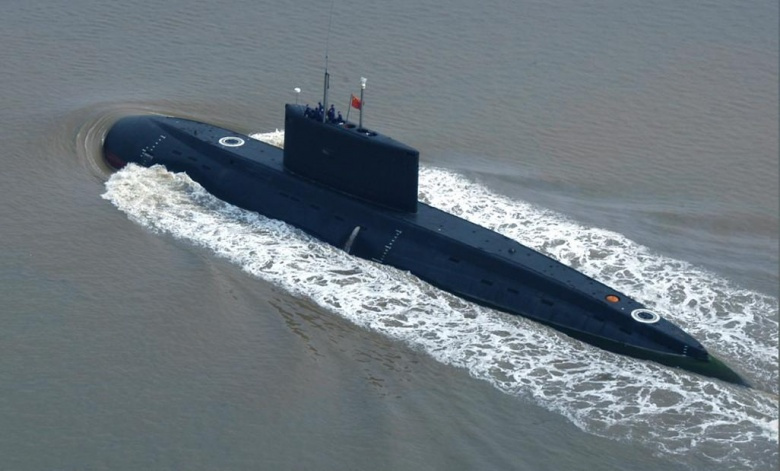Article about YJ 18 From Lyle Goldstein . I did posted it year ago Just refresh
China's YJ-18 Supersonic Anti-Ship Cruise Missile: America's Nightmare?
A new challenge emerges for the U.S. Navy. TNI presents one of the first in-depth looks at this deadly weapon.
June 1, 2015
Entering the Second World War, the United States dramatically underestimated the effectiveness of certain Japanese naval systems and operations. The tendency to look askance at Japanese naval prowess during the interwar period obviously impacted the failure to anticipate the Pearl Harbor attack. But it is less widely understood that U.S. intelligence similarly underestimated the strength of Japan’s primary naval fighter aircraft (the Zero), the dramatic effectiveness of its long-range torpedoes, as well as its dedication to mastering difficult, but essential operations such as night combat. Remarkably,
.
There are many reasons, of course, that contemporary China’s maritime ascendancy is starkly different from that of Imperial Japan almost a century ago. In particular, there is hardly a shred of evidence (reef reclamation included) to suggest that Beijing is inclined to undertake a rampage of conquest similar to Japan’s effort to bring the whole of the Asia-Pacific to heel from 1931 to 1942. Still, the complex maritime disputes in the Western Pacific require that American strategists keep a close eye on the evolving military balance. In that spirit, this installment of the
Dragon Eye series turns once again to focus a bright light on one of the newest elements of China’s missile arsenal: the YJ-18 anti-ship cruise missile (ASCM).
, about one minute into this segment introducing China’s new nuclear submarine design. Even though we know that YJ-18 is part of a whole new generation of new and lethal Chinese ASCMs, it is curious that Chinese ASCMs generally go unmentioned in a recent
TNI analysis of the “
.” Clearly, Chinese naval analysts, who have labeled the YJ-18 in an early 2015 analysis “最完美的反舰导弹” [the most perfect ASCM] would not agree with that rendering.
is the main basis of this
Dragon Eye discussion.
However, before turning to the insights from this recent Chinese analysis, let us return briefly to what has been revealed about this new missile from both
, as well as
. The ONI report is generally well done, but curiously the new YJ-18 only rates a mention in two spare sentences. This report notes that the YJ-18 can be vertically-launched (generally from a surface combatant) or alternatively submarine-launched, but there is no discussion of its supersonic sprint vehicle. Since the U.S. Navy (USN) lacks a supersonic ASCM and will not have one in the foreseeable future, this omission is troubling. Similarly puzzling is the decision not to discuss the recent appearance of another supersonic ASCM, YJ-12, in China’s arsenal. True, such capabilities did exist earlier in other forms, namely as imported Russian systems, but the indigenization (and likely upgrade) of these capabilities is hardly insignificant and will mean they are much more widespread and employed with greater confidence and proficiency.
The 2015 Department of Defense report does offer a bit more detail and thus draws the proper attention to the YJ-18 threat, but again does not mention its supersonic sprint vehicle. The YJ-18 ASCM is described as a “significant step” and subsequently as a “dramatic improvement” over current missiles in China’s inventory. Perhaps most significantly, however, the DoD report puts the range of YJ-18 at 290 nautical miles – more than double that of its likely progenitor, the Russian SS-N-27
Klub ASCM (export version). If correct, moreover, this new range will, in the near term, more or less quadruple the range of the standard ASCM fired from most PLA Navy submarines.
The February 2015 Chinese analysis of YJ-18 is somewhat cautious in tone and hardly purports to be a comprehensive analysis. Perhaps fitting for an initial piece on a cutting edge system, the article’s introduction sports the rare caveat “…并不代表本刊观点” [does not represent the viewpoint of this magazine]. However, the title “‘鹰击’18 -- ‘俱乐部’导弹中国版?” [Is the
Yingji-18 Simply a Chinese Version of the
Klub?] asks the precise question that will be on the minds of many defense analysts examining the YJ-18. A decent amount of the article just reviews the development of the Russian
Klub system and its different variants. It is noted, moreover, that China has had ready access to the
Klub missile system since it imported the Type 636 Kilo-class conventional subs about a decade ago. Indeed, some had remarked that Beijing imported the submarine for the sole purpose of actually acquiring its superior missile system. Interestingly, the article does not report the much extended range outlined in the new Pentagon report.



